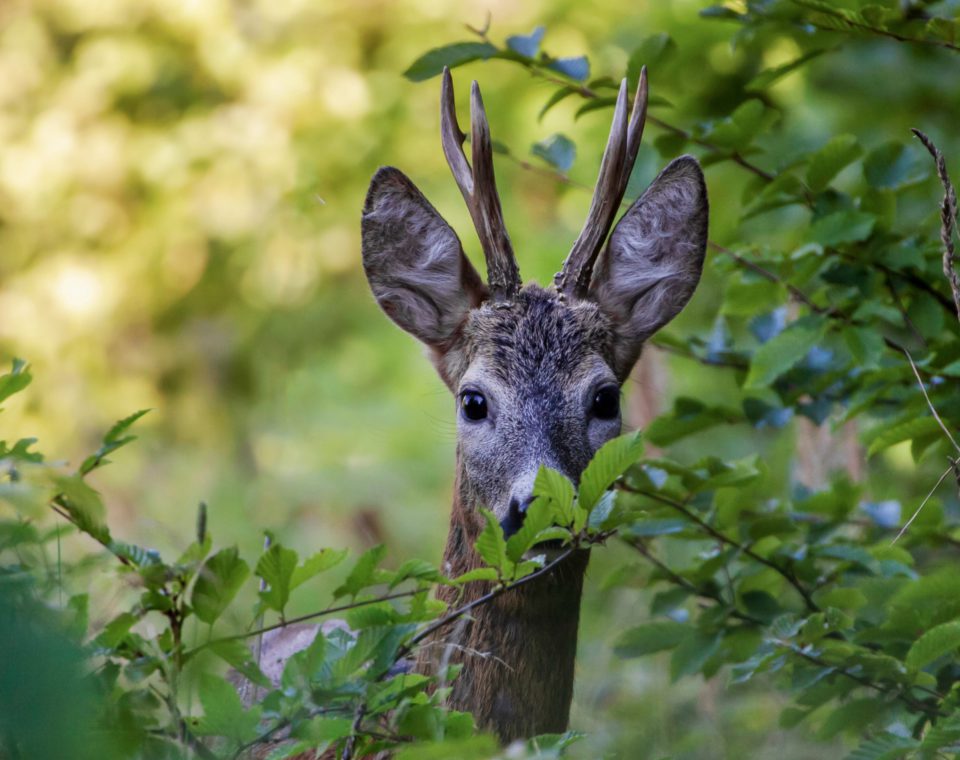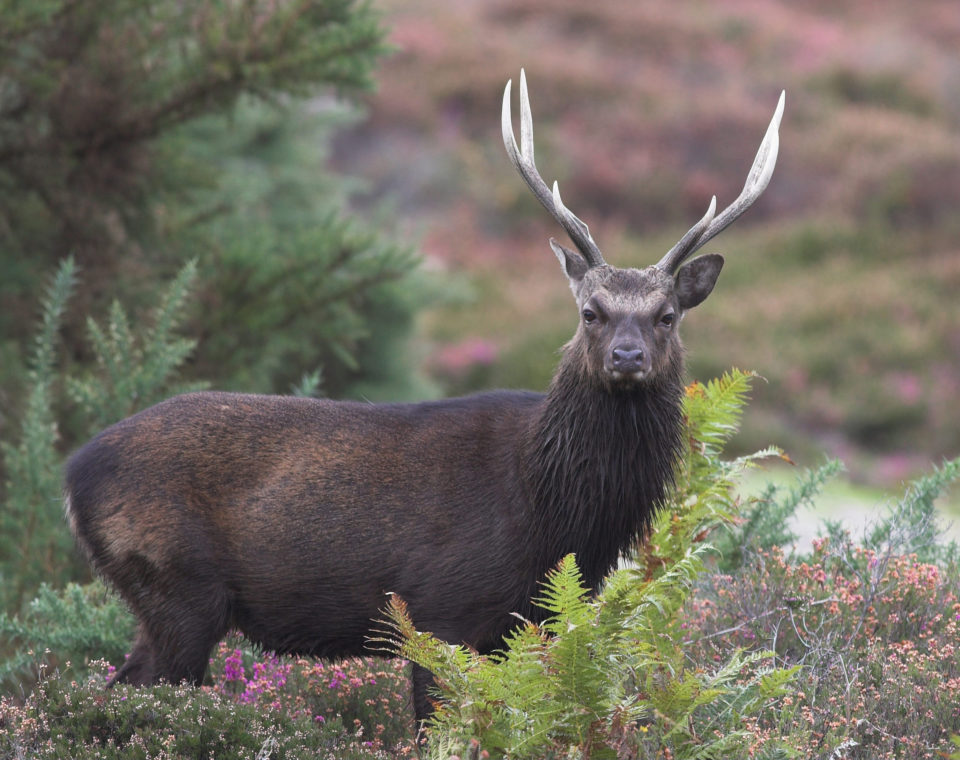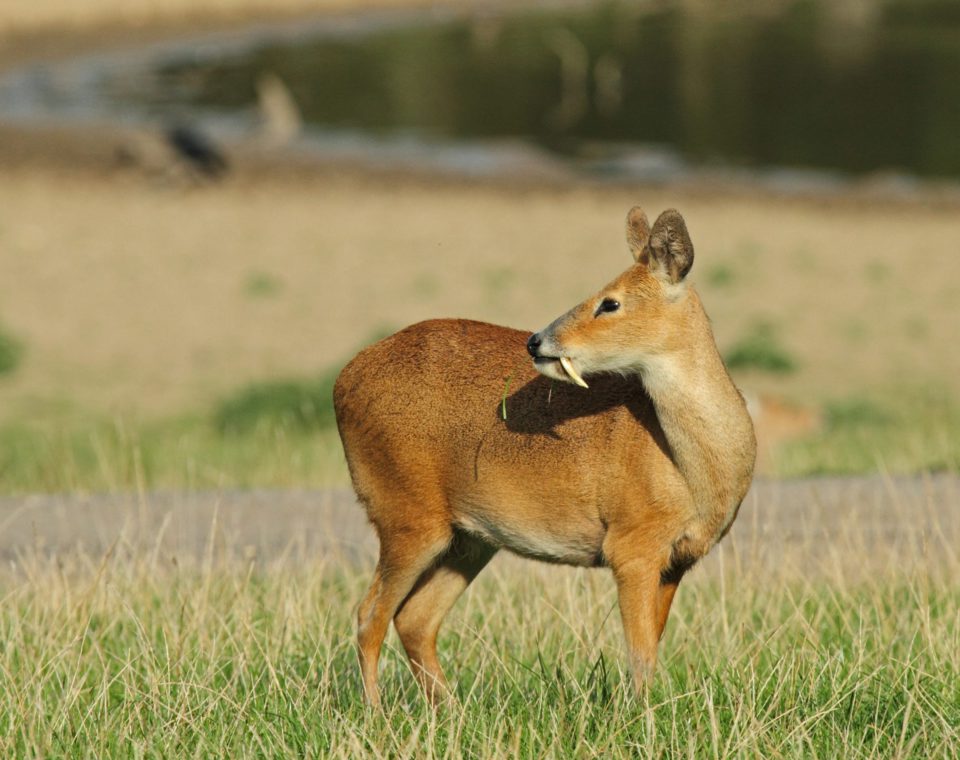Know your quarry
There are six wild deer species in the UK, each with its own history, characteristics and place in our culture. And each requiring a different approach to sustainable management.
Understanding your quarry is a key step to managing them and being successful in your hunt, we’ve provided a brief summary of the six below, but when you join us, its guaranteed we’ll get into a deeper conversation over a few coffees.

roe deer
Without doubt the most beautiful species of deer in the UK and a one that is very close to our hearts. A true native species to the islands and widespread across the entire of the UK.
This is an illusive and alert deer, able to ghost in and out of the terrain, so whether you’re stalking them in the forests and glades or up on the open hill the roe deer provides a real challenge.

red deer
A Scottish icon, this magnificent animal is intertwined with our history, culture and ancient traditions.
In the area we call home the red deer are plentiful and happen to be the largest in the entire country. You can pit your wits against these awesome animals through the forests or in the heather on the open hill.
And if you’re fortunate enough to join us during the rut, the sound of roaring echoing all around you is a memory that will stay with you for a lifetime.

sika deer
Originating from South East Asia and transported to these islands in the 19th century to fill deer parks, this deer wasn’t one to be kept penned in. Escaping and establishing a free roaming truly wild population with it stronghold in Southern Scotland.
It’s a secretive deer, enjoying the cover of dense conifer forests, appearing in one moment only to vanish the next, making it a real challenge & one that will require all your fieldcraft.

fallow deer
A species of deer native to these island since the time of the Romans. These elegant looking deer are easily recognised by their spotted coats, that range in colour from white, fawn through to black. For centuries they have been prized for both excellent eating and their impressive palmated antlers, that can be found over fireplaces across the land.
A herding animal by its nature, and with so many sharp eyes on the look out for danger, your approach needs to be calculated and calm.

Chinese water deer
A genuinely unique deer species with its native habitat to be found in China and Korea and now fully established in areas south of the border.
No antlers on this animal, but it makes up for this with a set of impressive tusks. The males use these fighting for control of territory and females, and you’ll see the battle scars to prove it!
Our partners south of the border manage a true world class population of these deer, one you can experience in only a couple of places in the world.

muntjac
The smallest of our deer species, and one that is rapidly expanding its territory across the UK.
An easy one to identify due to the small tusks and preorbital glands, the bucks also have very prominent antlers. Always on the move looking to feed, they can cause significant problems for sensitive ground flora if numbers are left unmanaged.
Muntjac are adaptable to many habitats, however they do have a preference for thicker cover, this can call for patience on one hand, and quick decisive decision making when the chance presents itself.